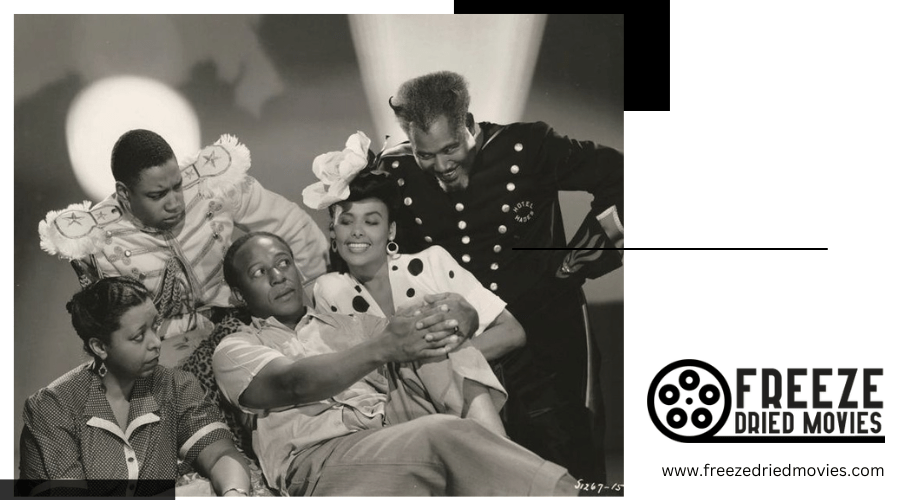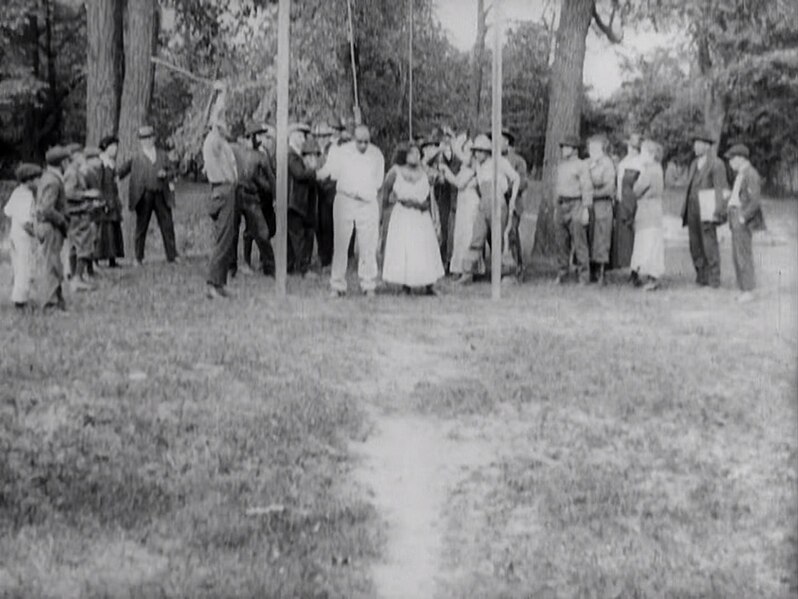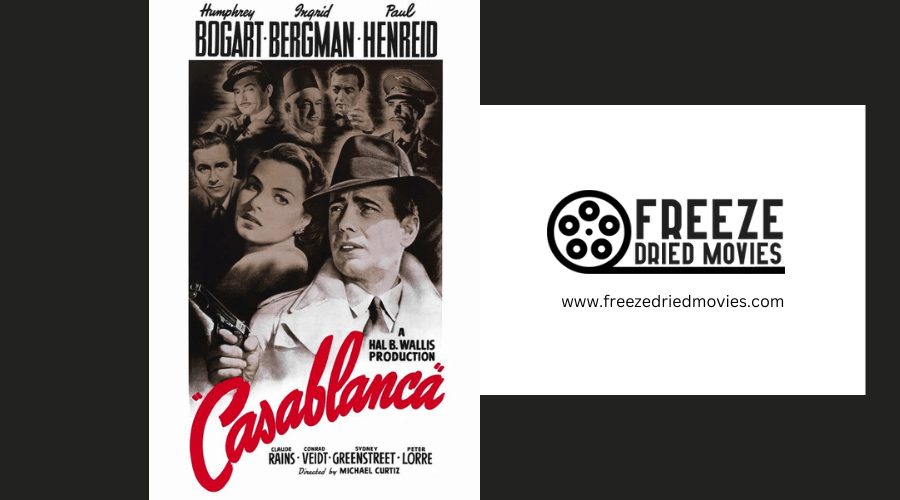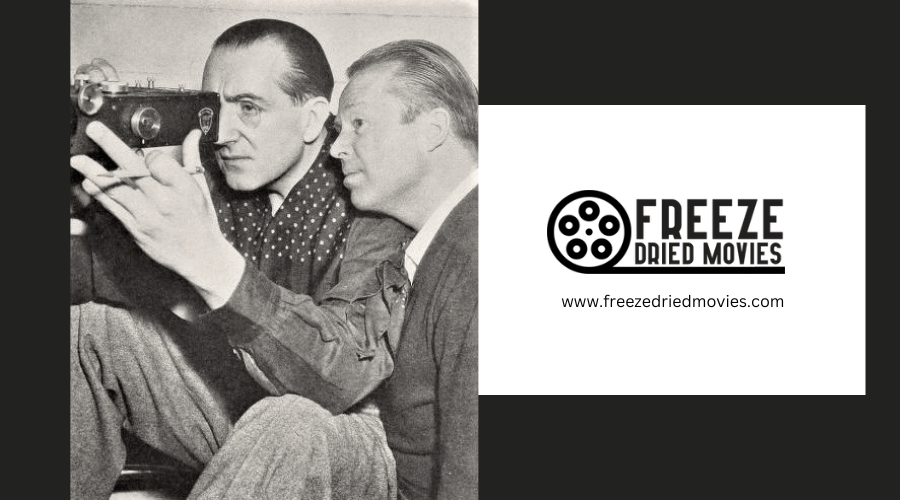How Were African Americans Represented in 1940s Cinema?

In the 1940s, African Americans were typically cast in cinema in limited, stereotypical roles such as maids or entertainers, reflecting the era's racial prejudices. Notable exceptions like Dorothy Dandridge and Lena Horne managed to secure leading roles that broke from these conventional depictions.
Hattie McDaniel's Oscar win marked a significant achievement, contributing to gradual improvements in representation. Sidney Poitier also began to emerge during this period, signaling a shift towards better opportunities in subsequent decades.
These pioneering figures not only contested prevailing norms but also laid the groundwork for future advances in the industry. Their contributions are crucial to understanding the evolution of film and representation.
Key Takeaways
- In 1940s cinema, African American actors were frequently cast in stereotypical roles, such as servants or criminals, reflecting the era's racial prejudices.
- The lack of diverse characters in films mirrored the broader societal discrimination prevalent in Hollywood during that period.
- Pioneering actors like Dorothy Dandridge and Lena Horne broke barriers by taking on roles that depicted more nuanced and complex characters.
- Hattie McDaniel's Academy Award for her role in 'Gone with the Wind' marked a significant milestone, paving the way for future progress in the industry's inclusivity.
- 'Cabin in the Sky' was among the films that offered more respectful and substantial roles, celebrating African American cultural contributions.

Stereotypical Roles and Limitations
In the 1940s, the roles available to African American actors in Hollywood were predominantly stereotypical and limited, often confined to portrayals as maids, butlers, and criminals. These roles, shaped by the era's prevalent racial prejudices, significantly restricted the artistic expression of African American talent in cinema. The industry's casting practices mirrored wider societal racial biases, reinforcing harmful stereotypes and perpetuating a cycle of narrow, typecast portrayals.
The limited character diversity not only hindered the professional growth of African American actors but also stifled the breadth and depth of storytelling in films. Consequently, the depiction of African Americans in 1940s Hollywood cinema remained stagnant, reflecting the racially discriminatory atmosphere of the time. This period in film history highlights the challenges African American actors faced, struggling to find roles beyond the rigid confines set by mainstream Hollywood's then-prevailing norms.
Breakthrough Performances
Despite the restrictive roles traditionally assigned to them, some African American actors in the 1940s delivered breakthrough performances that challenged the entrenched racial barriers of Hollywood. Although Sidney Poitier's rise to prominence and his Academy Award for Best Actor came later, in the 1960s, the efforts of actors during the 1940s laid essential groundwork for such achievements. These actors included Dorothy Dandridge and Lena Horne, who both made significant strides against prevailing stereotypes.
Dorothy Dandridge challenged the typical casting of Black women in film, paving the way for future actresses by securing leading roles that defied racial stereotypes. Similarly, Lena Horne portrayed strong, independent characters, which helped redefine roles available to African American women in Hollywood. Paul Robeson, meanwhile, used his prominence in cinema to advocate for civil rights, infusing his performances with a powerful message of social justice.
The impact of these pioneering actors in the 1940s is summarized in the following table:
| Actor | Contribution to 1940s Cinema |
|---|---|
| Dorothy Dandridge | Pioneering roles for Black actresses |
| Lena Horne | Redefined roles for African American women |
| Paul Robeson | Advocated for civil rights through film |
These artists were not merely actors; they were pivotal figures in transforming the portrayal of African Americans in film during a crucial period. Their contributions were instrumental in setting the stage for future generations and for landmark achievements like those of Sidney Poitier in the subsequent decades.
Impact of Hattie McDaniel

Hattie McDaniel's Oscar win for her role in 'Gone with the Wind' marked a significant milestone in Hollywood by breaking racial barriers and setting a precedent for African American actors. As the first African American to win an Academy Award, her victory served as a symbol of hope and potential progress during a time when roles for African Americans were often limited to stereotypes.
The impact of McDaniel's achievement includes:
- Inspiration for Diversity: Her success underscored the importance of creating more diverse and meaningful roles for African American actors, nudging Hollywood towards greater inclusivity.
- Challenging Stereotypes: McDaniel's portrayal of Mammy showcased the ability of African American performers to bring complexity and dignity to their roles, challenging prevailing racial stereotypes.
- Trailblazing Legacy: McDaniel paved the way for future generations of African American actors by making it easier for them to gain recognition in a predominantly white industry.
McDaniel's legacy emphasizes that powerful performances can influence the cultural landscape of Hollywood, fostering conversations about representation and equality in the film industry.
Sidney Poitier's Early Career
Sidney Poitier's acting career began in the 1940s, a period when significant racial barriers limited the roles available to African American actors, often reinforcing stereotypes. Despite these challenges, Poitier's remarkable talent and charisma shone through, setting him apart in Hollywood.
His pivotal role in 'No Way Out' (1950) marked not only the beginning of the 1950s but also the end of a decade characterized by restrictive and demeaning roles for Black actors. In 'No Way Out,' Poitier delivered a compelling performance that broke away from typical portrayals, offering a character of depth and complexity.
This role was instrumental in paving the way for Poitier's future successes, including his historic achievement as the first Black actor to win an Academy Award for Best Actor. His experiences in the 1940s, overcoming racial barriers in cinema, weren't only personal triumphs but also significant milestones that helped shift the narrative for African American actors in Hollywood.
Poitier's journey from limited opportunities to becoming a celebrated icon represents a profound transformation, serving as an inspiration to future generations of actors.
Lena Horne's Film Contributions
Lena Horne was instrumental in transforming the representation of African Americans in 1940s Hollywood. As both a gifted singer and actress, she infused the film industry with her elegance and charisma, challenging the era's prevailing racial norms. Her memorable performances in 'Cabin in the Sky' and 'Stormy Weather' not only showcased her vocal skills but also her ability to engage audiences, leaving a lasting impact on Hollywood.

Despite encountering significant racial discrimination, Lena Horne's contributions were pivotal in fostering a more diverse and genuine portrayal of African Americans in cinema. Her roles highlighted the richness of African American culture and artistry, setting a new standard in a previously restrictive industry.
Key aspects of her legacy include:
- Challenging Stereotypes: Lena portrayed African Americans as complex, multidimensional characters, breaking away from conventional and simplistic representations.
- Showcasing Talent: Her films highlighted the musical and acting prowess of African Americans, contributing significantly to the enrichment of 1940s cinema.
- Advancing Diversity: By overcoming the challenges posed by racism and segregation, she helped pave the way for future African American performers in Hollywood.
Lena Horne was more than a performer; she was a crucial figure in reshaping the portrayal of African Americans in the arts.
Dorothy Dandridge's Influence
Expanding upon Lena Horne's pioneering efforts, Dorothy Dandridge significantly advanced the dismantling of racial barriers in Hollywood during the 1950s. As an African American actress, her remarkable poise and talent commanded attention. Her career transcended mere acting roles, serving as a challenge against the restrictive stereotypes historically imposed on Black actresses.
Dorothy Dandridge made a historic mark in cinema by becoming the first Black woman to receive an Academy Award nomination for Best Actress. This nomination for her role in the 1954 film 'Carmen Jones' wasn't only a personal achievement but also a symbol of progress for African American representation in film. It inspired hope among audiences and actors alike, highlighting a shift towards inclusivity in Hollywood.

Her portrayal of complex, dignified characters compelled the film industry to reconsider the roles scripted for Black actresses. Dorothy's trailblazing efforts facilitated a new era where Black actresses could aspire to and attain leading roles. By demonstrating that African American actors could headline major films and appeal to broad audiences, she significantly influenced the evolution of cinema in the 1950s.
Dorothy Dandridge's legacy continues to resonate, paving the way for future generations in the film industry. Through her resilience and exceptional talent, she established a new standard, proving the viability and necessity of diverse leading roles in Hollywood.
Segregation in Movie Theaters
During the 1940s, segregation in movie theaters enforced separate seating for African Americans and white patrons, reflecting the systemic racism prevalent in society. This segregation manifested in the physical layout of cinemas, where African Americans were often confined to specific sections, typically in less favorable viewing areas such as balconies or rear seats. This not only compromised the cinema-going experience but also underscored the racial inequalities that permeated daily life.
The practice of segregated seating went beyond mere physical separation and had broader implications:
- Restricted Access: African Americans faced limitations on showtimes and theater choices, reducing their opportunities to enjoy films.
- Compromised Experience: The designated 'colored' sections usually offered poor views and uncomfortable seating, diminishing the overall enjoyment of the film.
- Systemic Enforcement: These segregation policies were often backed by local laws in the South, ingraining racial discrimination into social and entertainment venues.
Such conditions served as a continual reminder of the deep-seated inequalities during the era of segregation, affecting not just the quality of entertainment but also reinforcing social barriers.
Oscar Micheaux's Filmmaking

Oscar Micheaux, a trailblazer in African American cinema, produced over 40 films that actively countered racial stereotypes prevalent in early 20th-century Hollywood. Through films like 'The Homesteader' and 'Within Our Gates', Micheaux not only rebutted negative portrayals but also delved into the complexities of racial inequality and social justice. His work provided a vital alternative narrative, portraying African Americans as multifaceted and authentic individuals, contrasting sharply with the simplistic and often pejorative representations common in mainstream films of his time.
Here's a concise overview of some essential aspects of Micheaux's work and his lasting impact:
| Aspect | Description |
|---|---|
| Counternarrative | Challenged damaging racial stereotypes in early cinema. |
| Social Justice | Addressed racial inequality and championed social change. |
| Diversity | Represented a broad spectrum of African American experiences and identities. |
| Authenticity | Developed complex, realistic characters, moving beyond stereotypical roles. |
| Influence | Influenced subsequent generations of filmmakers of color. |
Cabin in the Sky Analysis
Oscar Micheaux was a pioneer in representing African American lives authentically in cinema, and 'Cabin in the Sky' built upon this foundation by featuring an all-Black cast in a significant Hollywood production. Released in the 1940s, this film not only provided representation but also portrayed its characters with depth and dignity, challenging the era's prevalent stereotypes.
The narrative of 'Cabin in the Sky' revolves around themes of redemption, faith, and moral struggles within the African American community. It diverged from the era's typical roles for African American actors, which were often simplistic and demeaning, by offering more nuanced characters. The film's impact is evident in several ways:
- Complex Characters: It provided African American actors with roles that displayed a spectrum of emotions and internal conflicts, thereby portraying them as complete, resilient individuals.
- Cultural Vibrancy: The film used music and dance not merely as entertainment but as essential components for expressing the cultural identity and emotional experiences of the characters.
- Dignified Representation: 'Cabin in the Sky' countered stereotypical portrayals by highlighting the lives of African Americans with respect and humanity.
Legacy of 1940s Black Cinema
The legacy of 1940s Black cinema, epitomized by films such as 'Cabin in the Sky,' initiated pivotal shifts in the portrayal of African American characters and narratives in film. This period marked a progressive phase in African American cinema, characterized by a move toward more positive and complex representations. Black actors and filmmakers actively challenged prevailing stereotypes, significantly influencing the development of American cinema.
These pioneers not only faced significant obstacles but also embraced independent filmmaking as a platform to celebrate African American culture and promote civil rights and equality. The influence of their endeavors extended beyond cinematic achievements, playing a crucial role in advancing societal discussions on equality.
The 1940s were instrumental in shaping the trajectory of African American cinema, as outlined below:
| Aspect | Impact on Future Cinema |
|---|---|
| Positive Roles | Established a foundation for richer characters |
| Challenging Norms | Fostered more nuanced storytelling |
| Independent Films | Catalyzed a movement towards creative autonomy |
This era transcended mere entertainment; it was a vital step forward in achieving better representation and fostering a more inclusive narrative approach in filmmaking.
Conclusion
1940s cinema portrayed African Americans in a mix of stereotypical roles and pioneering performances. Hattie McDaniel and Sidney Poitier broke significant barriers, despite the era's prevalent racial stereotypes.
Lena Horne and filmmaker Oscar Micheaux also challenged these norms, contributing to the gradual evolution of Black representation in film. Movies like 'Cabin in the Sky' highlighted Black talent amidst widespread segregation.
This decade's cinematic output reflects a complex legacy of both restriction and breakthrough, which has continued to influence the representation of African Americans in film.




